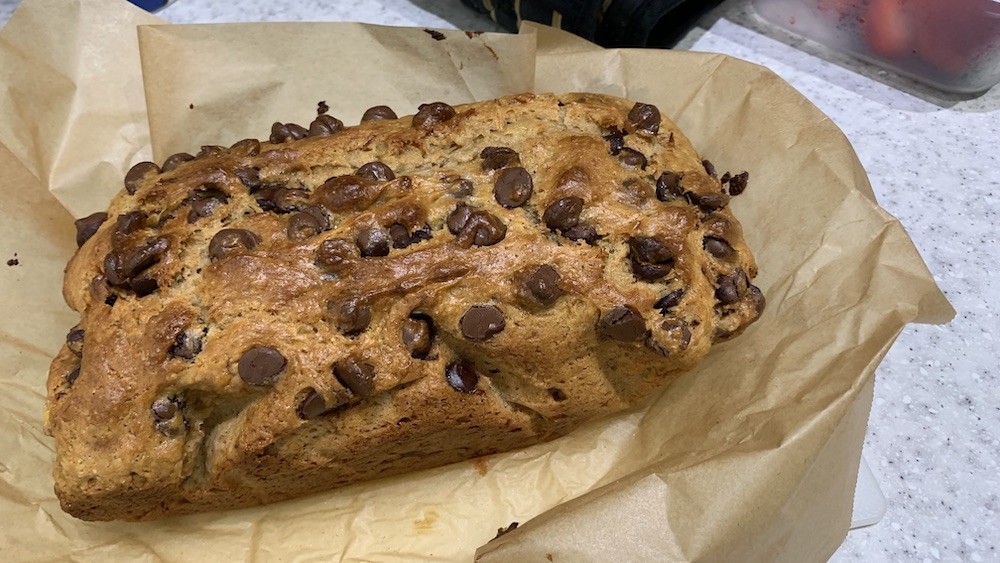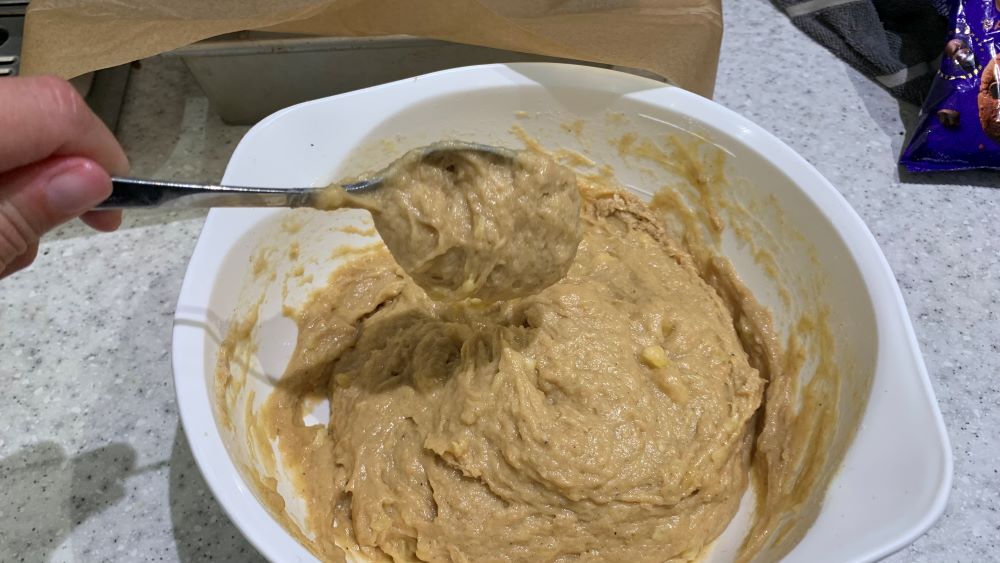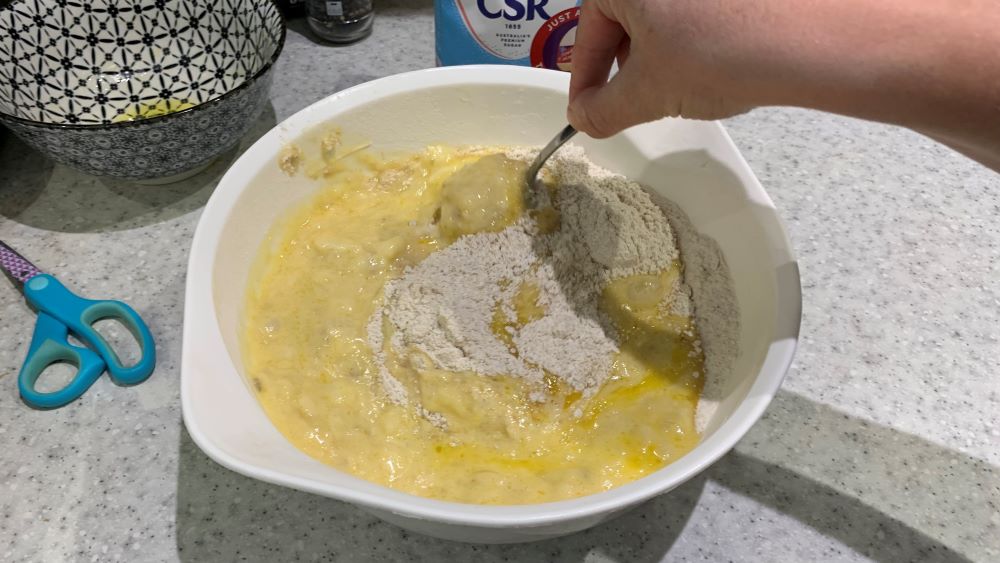Icing sugar, also called confectioners’ or powdered sugar, can be used in place of regular granulated sugar. Use pure icing sugar because icing mixture contains cornstarch and can make your cake batter too thick. Sift the powdered sugar before beating it together with your butter and eggs. This will avoid lumps and keep your batter smooth.
This article will explore how to substitute icing sugar in your cake recipe and tips to make it work best.

What is icing sugar?
Pure icing sugar is regular sugar that is ground up into very fine powder. If you look at granulated (table) sugar, you’ll immediately notice that it’s coarse. Powdered sugar has been pulverized into a fine, chalky-like sugar.
Icing mixture is similar to icing sugar as it contains powdered sugar with added cornstarch. This helps icing mixture to thicken when water is added. It is best to use pure icing sugar when substituting for regular sugar. This will avoid making the cake mixture too thick.
Difference between icing sugar and regular sugar when baking
Icing sugar, also known as powdered sugar or confectioner’s sugar, is a finely ground sugar that is is usually used for frosting and glazes. Regular sugar is made up entirely of sugar crystals, while icing sugar finer and can have added cornstarch. The cornstarch helps to prevent clumping and helps the sugar to thicken into form icing.
Icing sugar is slightly less sweet than regular sugar due to the added cornstarch. This can be a benefit when making sweet desserts, as it allows for a more delicate and nuanced sweetness.
The texture of icing sugar is much finer than that of regular sugar, which can make it easier to dissolve into a batter or frosting. However, the fineness of the sugar can also impact the texture of baked goods, as it can dissolve more quickly and result in a denser, more compact cake.

How to use icing sugar in cake batter: Tips to make it work
You can use icing or powdered sugar in cake batter, replacing the regular granulated sugar called for in the recipe. Check out what you must know when making the swap to help your cake to turn out great.
1. Use pure icing sugar
Make sure that when you are swapping icing sugar into your cake recipe use pure icing sugar. This is finely ground or powered sugar without additives. Icing mixture will also contain cornstarch which can cause your cake batter to become too thick and dry.
2. Use a 1:1 ratio
Use the same amount of icing sugar as you would regular sugar in the recipe. Take the time to measure the sugar out accurately to avoid adding too much. You can use a cup measure or kitchen scales to get an accurate measurement.

3. Sift the powdered sugar
Always sift your powdered sugar before using it. This way it is much less likely to clump after you add it to the batter.
4. Reduce the amount for quick breads and muffins
For quick breads and muffins, try using 3/4 cups of powdered sugar for every cup of regular sugar. This is especially important when you’re using any recipe that calls for creaming together the sugar and eggs before going any further.
5. Avoid overmixing
Be careful not to overmix the batter as this can cause the cake to become dense. It is usually best to mix the sugar into the wet ingredients like the butter or eggs to keep the mixture light. You can then gently bring the flour into the mix with a spoon, mixing until it has just combined.

When you should not use icing mixture in cake batter
If you only have icing mixture with added cornstarch, here are some times you should avoid using it for cake batter.
- Creaming butter and sugar together: When making cakes that require creaming butter and sugar together, it’s best to stick to regular sugar. The cornstarch in icing sugar can interfere with the creaming process.
- Meringue-based cakes: Icing sugar will not work for meringue-based cakes such as angel food cake. The cornstarch can affect the stability of the meringue and result in a flat or dense cake.
- Pound cakes: Pound cakes rely on the texture of granulated sugar to create a dense and rich texture. Swapping in icing sugar can result in a lighter cake.
- Sponge cakes: Sponge cakes require a light and airy texture, which can be difficult to achieve with the added cornstarch in icing sugar. It’s best to stick to regular sugar in sponge cake recipes.
- Recipes that rely on the caramelization of sugar: Icing sugar doesn’t caramelize like regular sugar, which can affect the flavor and texture of certain cakes such as caramel cakes.
- Recipes that require a specific sugar-to-liquid ratio: Icing sugar can absorb more liquid than regular sugar, which can affect the overall moisture level of the cake. It’s best to use regular sugar when the recipe requires a specific sugar-to-liquid ratio.
How to make icing sugar
If you prefer using powdered sugar instead of regular sugar and you don’t have any on hand, simply take 1 cup of granulated sugar add this to your food processor. You can then, use this sugar for every cup of sugar required in the recipe.
Add regular sugar to your food processor and blend for 60 seconds. You should place a towel over the top of the blender and put the lid on to avoid making a mess. After 60 seconds of blending, remove the lid and check the consistency of the sugar.
If the sugar isn’t powdery enough at that point, you should blend it for an additional 20 seconds then check it again. Continue to blend in 20-second increments until the sugar is the consistency it should be.
Summary
You can use pure icing sugar, known as powdered sugar, in your cake batter. You can add a 1:1 ratio of pure icing sugar to regular sugar. If you only have icing mixture, this can still work but will make your cake batter thicker.
I am an accredited practicing dietitian, experienced gardener and a dedicated cook. I love writing and sharing my experience so you can learn from my successes and mistakes.
